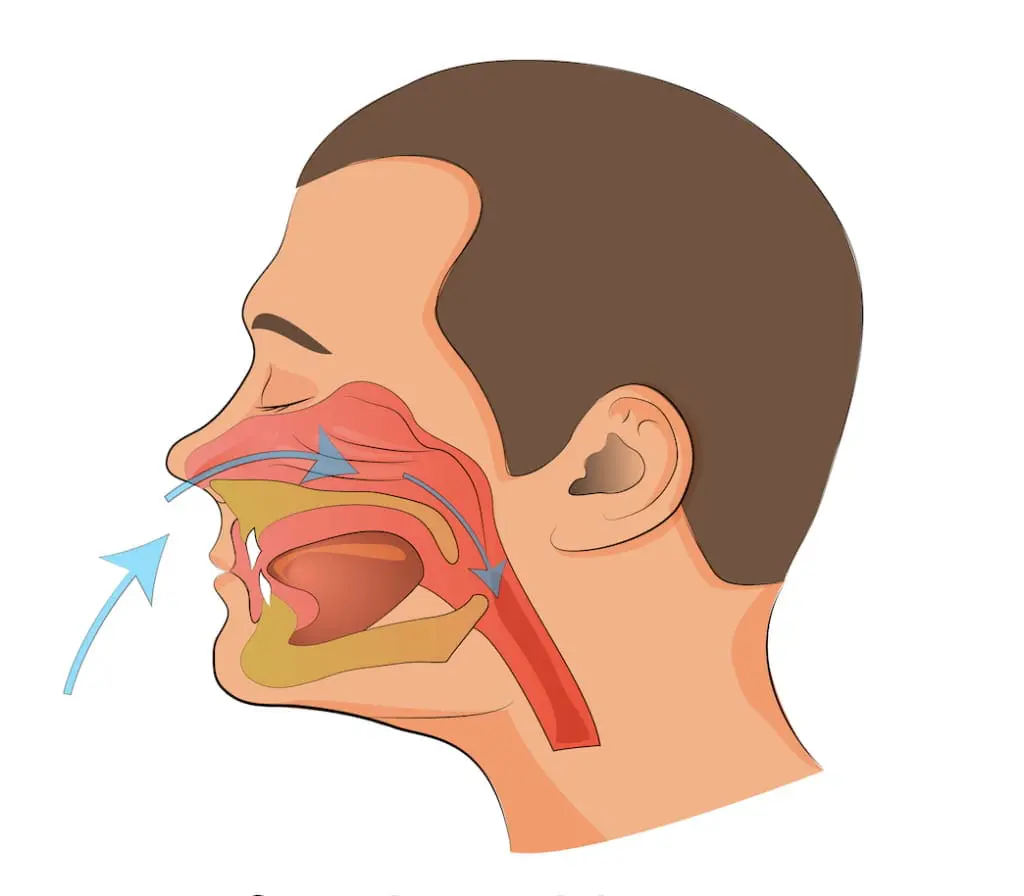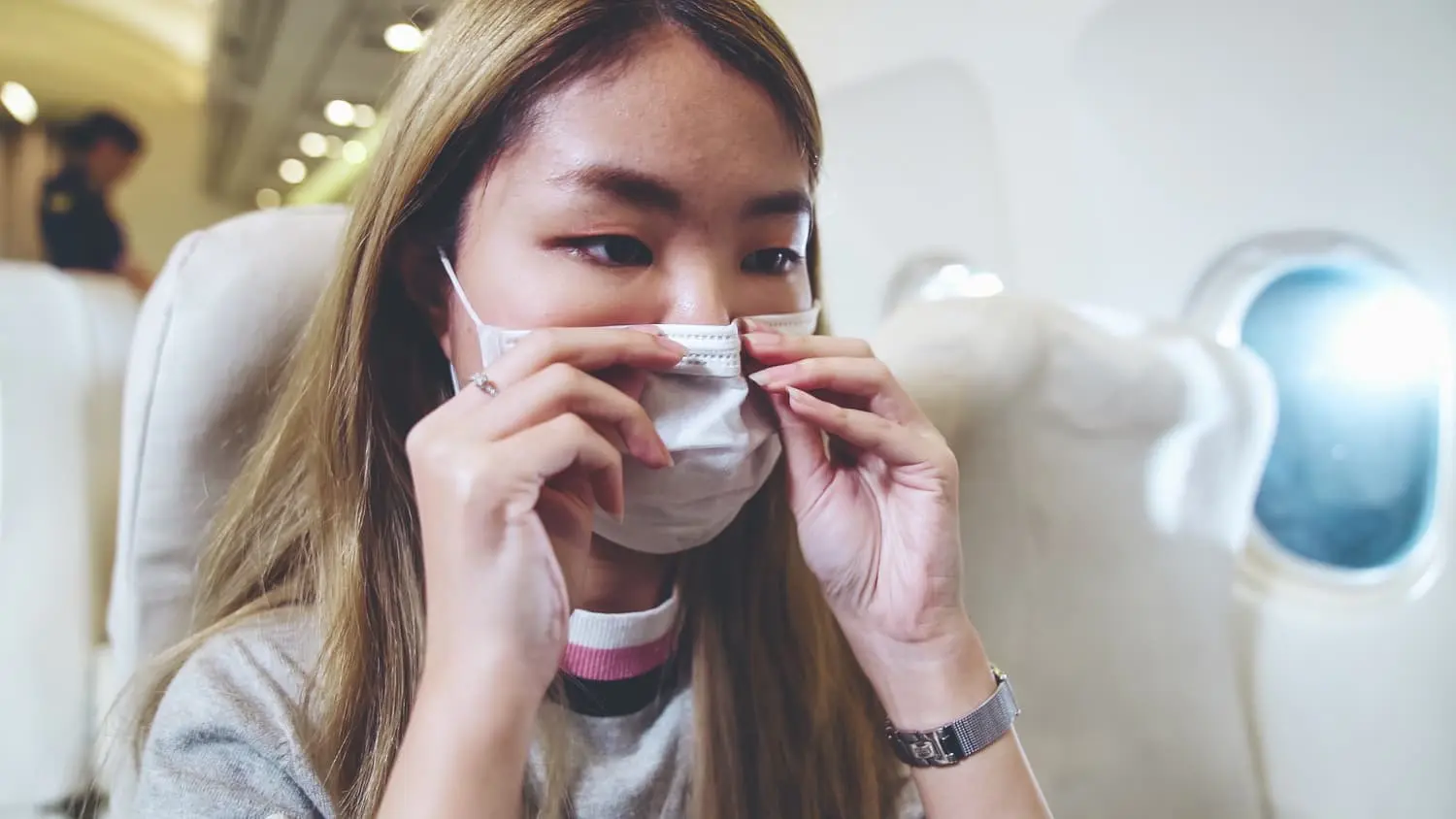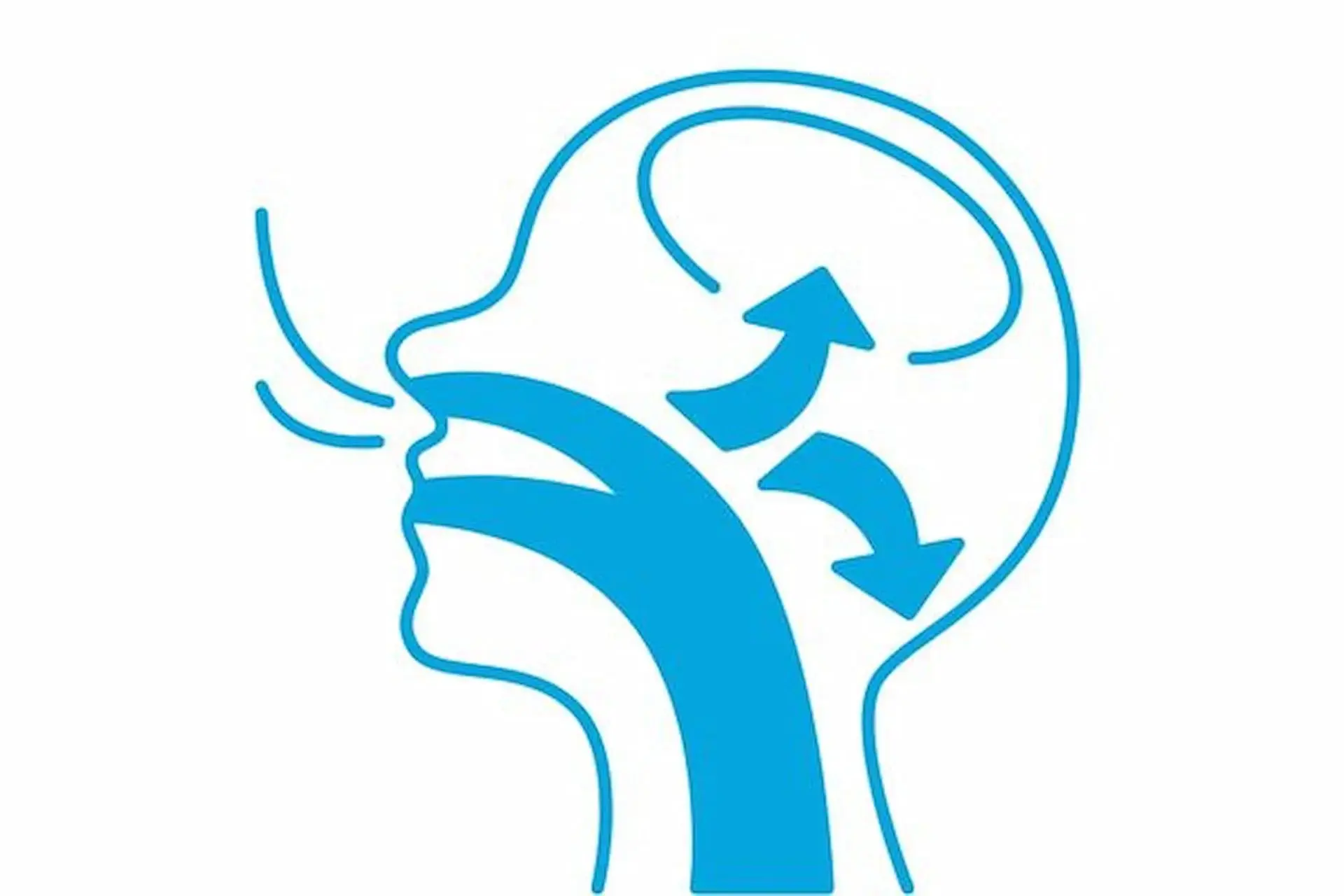Causes and Effects of Mouth Breathing

Causes of mouth breathing
Multiple elements lead to mouth breathing. These factors encompass seasonal allergies (notably cedar fever), persistent nasal congestion, swollen tonsils, and sleep apnea. Many individuals frequently face amplified symptoms linked to the unique environmental conditions and allergens present in their area.

Mouth breathing affects overall health
Our respiratory health is especially sensitive to the impacts of mouth breathing. In the absence of adequate nasal filtration, some individuals may face a higher risk of respiratory infections, diminished oxygen absorption, and decreased breathing efficiency.

Relationship between mouth breathing and dry mouth
Hot climates can intensify the impact of mouth breathing on oral moisture levels. We often encounter patients dealing with xerostomia (dry mouth), which can result in multiple oral health issues if not addressed promptly.

Connection between mouth breathing and sleep apnea
Mouth breathing and sleep apnea typically coexist, forming a cycle that adversely affects sleep quality and daily performance. Many individuals find enhanced sleep after addressing mouth breathing, underscoring the significance of identifying and treating both concerns for improved overall health and wellness.

Effects of mouth breathing on brain function and cognitive abilities (brain fog)
Breathing through the mouth can lead to cognitive challenges, with many individuals facing issues such as reduced concentration and mental tiredness. These difficulties can hinder daily tasks, highlighting the need to address mouth breathing in order to improve cognitive function and overall health.

Impact of mouth breathing on oral health and bad breath
In our office, we frequently encounter patients whose mouth breathing has led to dental issues and bad breath. The decrease in saliva production fosters an environment where harmful bacteria can flourish, which may result in tooth decay and gum disease.
Health Risks Associated with Mouth Breathing
Mouth breathing, whether in adults or children, can elevate the likelihood of respiratory infections, including sinus infections, colds, and the flu. This occurs because mouth breathing skips the nasal cavity’s natural filtering mechanism, making it easier for pathogens to reach the lungs. Additionally, persistent mouth breathing can cause nasal congestion and blockages, further complicating the ability to breathe through the nose.
The connection between mouth breathing and lung health is concerning, as it may lead to respiratory issues over time. For young children, the effects of mouth breathing can be especially detrimental. Chronic mouth breathing in children can result in irregular facial and dental development, impaired sleep quality, and behavioral challenges, highlighting the necessity of addressing this behavior promptly.
Diagnosis and Treatment
At Bold Bite Orthodontics, we utilize cutting-edge diagnostic methods to recognize mouth breathing patterns and their root causes. We create customized treatment plans that may involve orthodontic solutions, breathing exercises, and collaboration with local specialists when needed.
Prevention and Management
Breathing exercises and strategies to promote nasal breathing in children can be reinforced through a variety of preventive and management methods. First, lifestyle changes such as maintaining a balanced diet, ensuring proper hydration, and participating in regular physical activity can reduce nasal congestion and foster nasal breathing. Second, targeted breathing techniques can be introduced to enhance breathing patterns effectively.
These strategies may involve diaphragmatic breathing, which encourages deep and effective breaths using the diaphragm rather than shallow chest breathing, along with straightforward exercises aimed at clearing nasal passages. Teaching children about the significance of nasal breathing for their overall well-being and raising awareness about positive breathing habits can also be extremely advantageous. By merging lifestyle modifications with focused breathing exercises, a well-rounded approach can effectively promote and maintain nasal breathing habits in children.

Improving Your Breathing and Health with Airway Orthodontics
We use cutting-edge 3D imaging technology at our clinic to examine airway structures and create thorough treatment plans. This innovative method enables us to tackle both breathing problems and orthodontic issues at the same time, delivering the best results for our patients.


